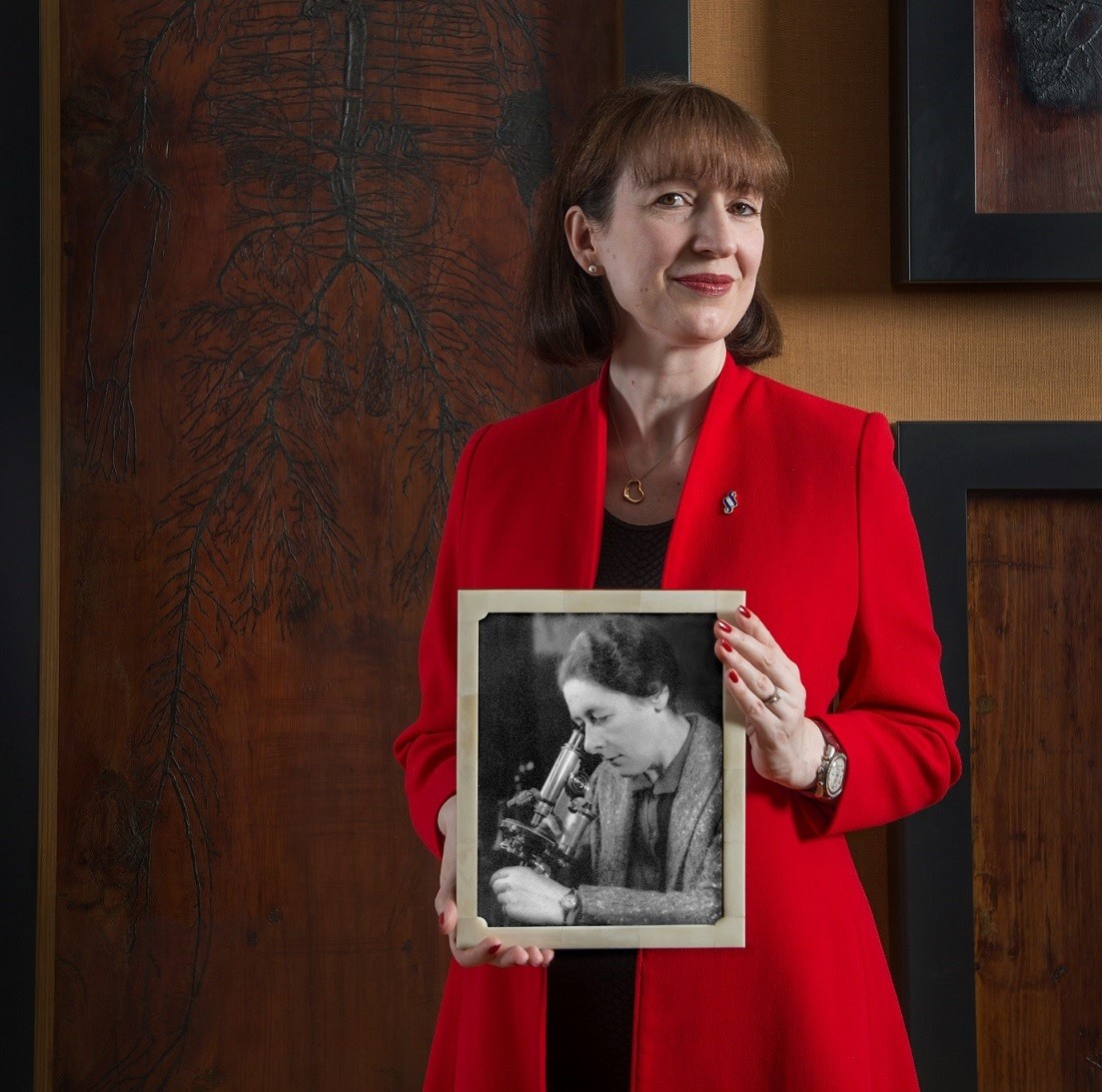This year marks the centenary of the Medical Women’s Federation, the largest and most influential body of women doctors in the UK. As well as promoting the personal and professional development of women in medicine, the Federation also aims to improve the health of women and their families in society.
As part of this celebration, I would like to share the story of a female pathologist who has inspired me throughout my career.
Professor Dorothy Stuart Russell (1895–1983) was the first woman in Europe to hold a senior university position in pathology, appointed chair of morbid anatomy at The London Hospital Medical College in 1946.
Born in Sydney, Australia, Dorothy was sent to live with relatives in Britain following the deaths of her parents. Like me, she studied at Girton College, Cambridge, where she was awarded a first-class degree in natural sciences in 1915. In 1919, she was admitted to study medicine at The London, women having only recently being allowed entry, following a rule change during the First World War.
I have been inspired by Dorothy’s work and impact throughout my career. Thanks to her – and the other pioneering women who fought to become doctors – I certainly didn’t face the discrimination that Professor Russell had to deal with during her lifetime.
Although the hospital committee decided to reinstate the ban on female students in 1922, Dorothy Russell not only completed her studies there, but went on to become a member of both The Royal College of Surgeons and The Royal College of Physicians. Her MD thesis on Bright’s disease was awarded the University of London medal in 1930, and she later became a member of The London’s academic staff.
During the Second World War, Russell moved, along with many London-based medical researchers, to Oxford, where she did significant work in neuropathology, particularly the study and classification of brain tumours. It is for this work that she is best remembered today.
I have been inspired by Dorothy’s work and impact throughout my career. The exceptional clarity of her writing, and her talent for teaching and training, made her a profound influence on the whole discipline of pathology. Thanks to her – and the other pioneering women who fought to become doctors – I certainly didn’t face the discrimination that Professor Russell had to deal with during her lifetime.

I’m not the only woman in medicine who takes her inspiration from doctors of the past. The Royal College of Physicians has coordinated 'Women in medicine: a celebration’, an exhibition of specially commissioned photographic portraits honouring contemporary and historical women in medicine. I’m honoured to have my portrait featured as part of the exhibition, paying tribute to Professor Dorothy Russell alongside a number of today’s leading female clinicians.
The exhibition is open to the public from 3 October 2017. I hope you will join with us in celebrating the lives of some extraordinary pioneers in medicine, who have paved the way for future generations of women.

